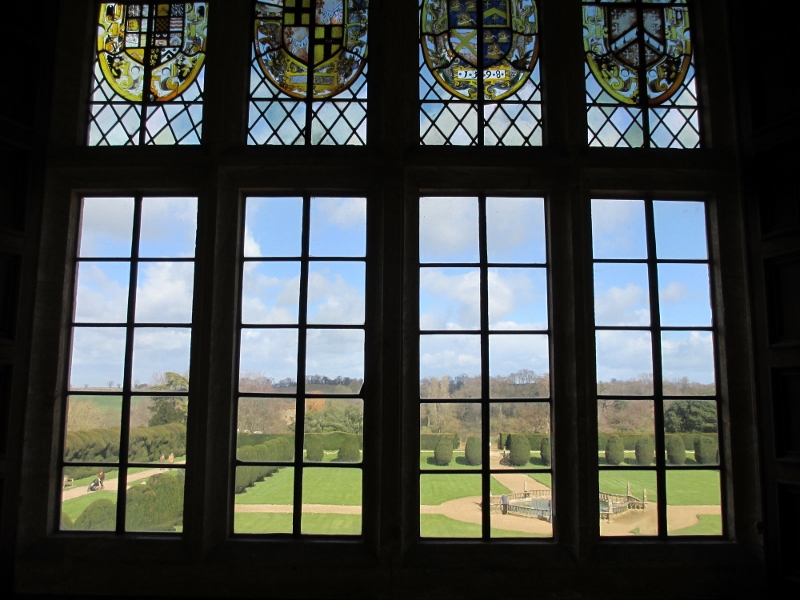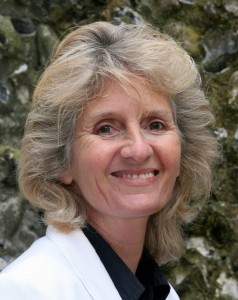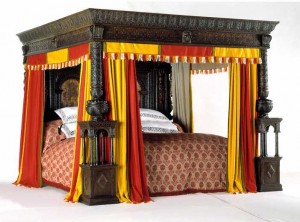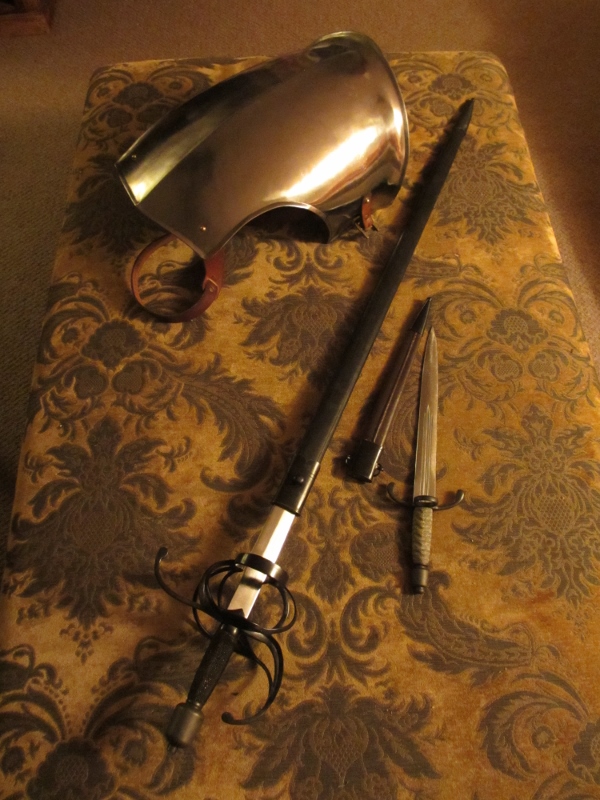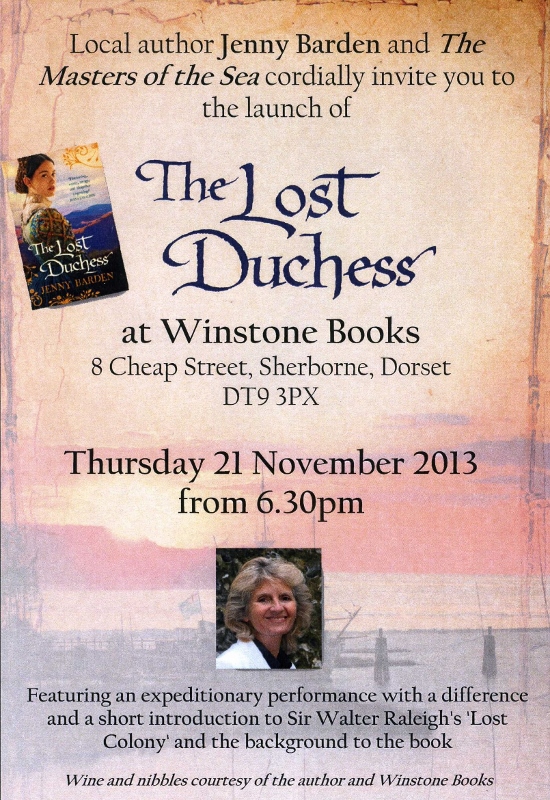America’s Great Mystery
The following article first appeared on the English Historical Fiction Authors blog, on 5 November 2013, in the run up to the launch of The Lost Duchess in hardback. I hope you will enjoy reading it here if you missed it then.
The Mystery Behind the Founding of Modern America
The disappearance of the ‘Lost Colony’ of Roanoke has become embedded in the folklore surrounding the birth of modern America. As an Englishwoman I can attest to the story being less well known in the UK than in the States, but most people are aware that, before the Pilgrim Fathers and before Jamestown, Sir Walter Raleigh tried to found a colony that failed in that it did not survive. The many layers of mystery surrounding its demise are not so familiar, and the uncertainty of its fate has been the subject of enduring fascination.
| Roanoke sunset |
When, in August 1587, Governor John White left the Island of Roanoke in the region then known as Virginia, and bade farewell to the first English colony with a chance of permanence, comprising at least 113 men, women and children, he expected to return within a year at most and bring relief in the form of extra supplies. But a succession of mishaps and interventions, including piracy and the threat of invasion by the Spanish Armada, meant that White did not return until the summer of 1590.
Montacute Montage
Yesterday I was at Montacute, now very much home territory and a hitherto unexplored delight. One of the finest examples of Elizabethan Renaissance architecture in the country, with England’s largest surviving long gallery, spanning 172 feet between oriel windows, and some of the finest Elizabethan and Jacobean portraiture from the National Portrait Gallery – Montacute was a joy not least because here were some of the characters from the Roanoke mystery around whom the story of The Lost Duchess evolved. Standing before them was awe-inspiring.
This picture shows when the house was built: 1598. It was completed by Sir Edward Phelips, distinguished descendant of a Somerset family of yeoman stock, which rose to prominence during the Elizabethan and Jacobean eras, only to suffer catastrophic decline in the nineteenth century when William Phelips became insane and ended his days in an asylum after gambling away the family fortune and most of the Montacute estate. (more…)
Talk with Rory Clements

‘Tudor Times’ talk with Rory Clements and Jenny Barden at Nottingham Central Library
Nottingham Central Library, Angel Row, Nottingham NG1 6HL
09 Apr 2014 2:00pm
Gain an insight into the world of the Tudors with award-winning Elizabethan thriller writer Rory Clements, the author of the John Shakespeare nystery series, and Jenny Barden, author of the epic romantic adventures The Lost Duchess and Mistress of the Sea.
Tickets are £2.50, available at the library, on 0115 9152825 or enquiryline@nottinghamcity.gov.uk
Bedsharing with Elizabeth I…
Bedsharing and Intimacy in the Privy Chamber of Elizabeth I
Here’s the main part of an article contributed to Alison Morton’s Roma Nova blog – the text appears in full here
Four hundred and fifty years ago, people in England rarely slept alone. Beds were shared with spouses, siblings, close relatives and servants. Even strangers shared beds such as the Great Bed of Ware which could reputedly accommodate ‘at least four couples’.
The sleeping habits of Elizabeth I were no exception; as queen she never enjoyed solitude in her bedchamber. Even as a princess her bedroom was often invaded. The frequent forays into her chamber by her stepfather, Thomas Seymour, when she was only a young teenager, became the subject of investigation during the reign of Edward VI, and led in part to Seymour’s indictment for treason and his later execution. Speculation never completely faded that she may have been violated during one of these romps in which Seymour would ‘strike her upon the back or buttocks familiarly’ or, if he found her in bed, pull back the curtains, sometimes when both parties were in a state of undress, and ‘make as though he would come at her’. After Seymour’s fall, Elizabeth was kept under closer scrutiny, and once she was crowned queen she was never left alone.
In the Privy Chamber of Queen Elizabeth there was in fact no privacy. The Queen always slept with one of her ladies, either on a truckle bed alongside or actually in bed with her. There was never any suggestion that such intimacy was unseemly, or raised the kind of sexual innuendo that we might wonder at today. The Queen’s constant attendance by her ladies was considered essential at all hours of day and night, even during the most personal aspects of her daily routine. Elizabeth’s ladies were responsible for preserving her safety, honour and well-being, and perpetuating the image of her as Gloriana: magnificent and powerful, both chaste and fertile. (more…)
The Scent of Death
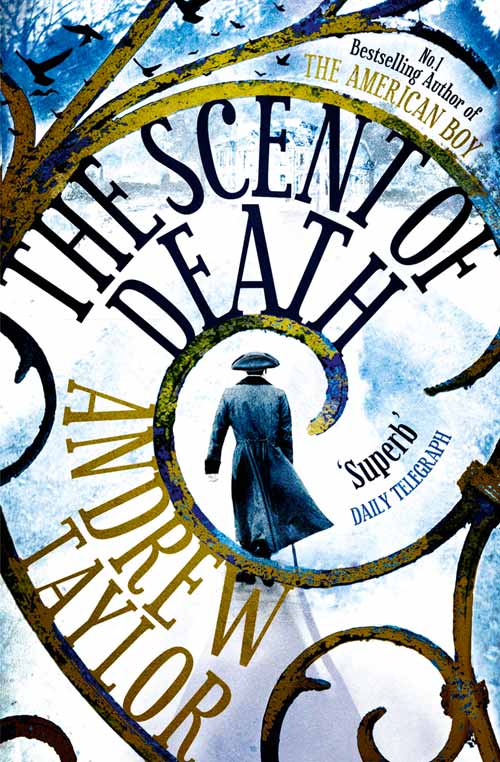 The Scent of Death by Andrew Taylor is fabulous – an enthralling tale of divided loyalties, illicit passion, and the untangling of a gruesome murder during the American War of Independence when New York was an occupied city under siege, and allegiances were ever shifting. Compellingly written with characters whose voices ring completely true to their time and situation, stepping out from an age when perceptions of world order were on the brink of momentous change, brought to life by a master storyteller. (more…)
The Scent of Death by Andrew Taylor is fabulous – an enthralling tale of divided loyalties, illicit passion, and the untangling of a gruesome murder during the American War of Independence when New York was an occupied city under siege, and allegiances were ever shifting. Compellingly written with characters whose voices ring completely true to their time and situation, stepping out from an age when perceptions of world order were on the brink of momentous change, brought to life by a master storyteller. (more…)
Special Valentine’s Event
Join me in the illustrious company of the fabulous Essie Fox and the erudite Hallie Rubenhold for a ‘Girls Night In’ at Chiswick Library, Duke’s Avenue, London W4 2AB, on Thursday 13 February 6.45-8.15 p.m. to discuss all things love and romance in times gone by.
Essie will be telling some of the tragic tales of love, death and destiny which appear in her gothic novels. Hallie Rubenhold will be drawing back the curtain before Regency prostitutes, and I’ll be revisiting the golden age of Elizabethan England to consider the realities of courtship at the time of Romeo and Juliet and some of the previously unencountered customs of ‘savages’ in the New World. To borrow Essie’s words: ‘We’ll guarantee to stir the blood and lift your hearts to thoughts of love.’
Essie has appeared at various festivals, contributed articles for the national press and lectured at the V&A. Hallie is an author, historian and broadcaster who has worked as both a Bond Street art dealer and curator of the National Portrait Gallery. …And I’ve had ants in my knickers along the Camino Real!
(more…)
Weapons & Armour
Rather pleased to have taken possession of a few goodies:
There are even grooves in the main gauche to let out the blood! The short left handed dagger was used as a parrying weapon in conjunction with the rapier, and together they were the principle side arms carried by any Elizabethan gentleman.
(more…)
Researching HF
I recently had the privilege of contributing a feature on researching historical fiction to the new Catherine Gaskin website. The full text may be found here; what follows is a taster…
The tools for research available to historical novelists have changed considerably over recent years with a wealth of data now available online and search engines making access to it appear relatively easy, but basic methods have changed little. Research still requires diligence and patience and the investigative skills of a detective, and Catherine Gaskin would have known all about that. Every author will have their own approach to accessing the information needed for writing historical fiction. Here’s a snapshot of how I go about it – at least for now!…

My desk showing some of my reference books. The file is one of many I keep on information of interest. It’s open at an article on smooth-bore cannon
I begin with the internet. Of course I still use reference books and libraries, but the internet has become the quickest and most direct way of gaining an overview of most subjects. It’s fast, although not very reliable; anyone can post anything on the web, and instances of mistakes appearing in Wikipedia are legion. So in researching my latest novel, ‘The Lost Duchess’, I moved rapidly from an internet trawl to the history books after my interest in the ‘Lost Colony’ of Roanoke was sparked by a reference in John Sugden’s biography of Sir Francis Drake (a book I read while researching my first novel). The internet pointed me to works of reference, and it gave me leads to ongoing investigations such as those conducted by The Lost Colony Center for Science and Research. While I was still in the midst of unravelling the history, the news broke of an intriguing discovery: a patch on a map in the British Library was found to conceal the icon of a fort – could this mark the spot where the ‘Lost Colonists’ had relocated? I decided I’d try to work that finding into my story as well – a good example of historical fiction keeping up with the latest findings!
Interview on One More Page
There’s such a lovely interview on One More Page that I thought I’d post it here…
 Your new historical novel, The Lost Duchess has just been released; please could you tell readers a little about it and the inspiration behind it?
Your new historical novel, The Lost Duchess has just been released; please could you tell readers a little about it and the inspiration behind it?
The Lost Duchess is an epic adventure with a love story at its heart. It’s set against the backdrop of Sir Walter Raleigh’s attempt to found the first permanent English settlement in America, one that met a mysterious fate and has become known as the ‘Lost Colony of Roanoke’. The book follows Emme Fifield, a lady-in-waiting to queen Elizabeth I, and Kit Doonan, a mariner with a troubled past, in their endeavour to begin a new life in the New World. They encounter treachery, hostile Indians and danger beyond comprehension, and they have to fall back on all their reserves of fortitude and trust in one another in order to survive. The story was inspired by a fascination with the enigma of the disappearance of the Lost Colony, and the more I found out about what really happened – at least as much as is known – the more I wanted to write a story about characters caught up in the drama of that enterprise.
The book is an Elizabethan adventure; what drew you to this particular period of history?

